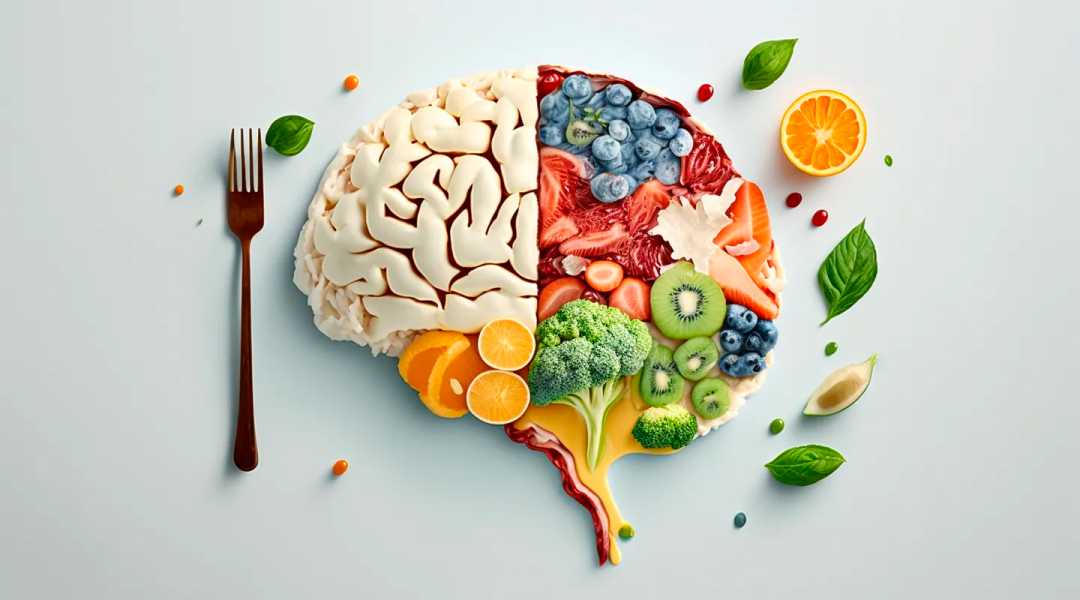The influence of diet on the propensity for violence
There are many studies on how the presence or absence of certain compounds in the diet can affect the development and functioning of the brain. In particular, some of them address the topic of aggression, if not directly the influence of diet on the functioning of the violence inhibition mechanism. Given the importance of some of the evidence they provide, which may even suggest new possible approaches to the treatment of violent behavior, it would not be unreasonable to list them.
Omega-3, physical aggression, and the electrophysiology of the violence inhibition mechanism
Omega-3 polyunsaturated fatty acids have been studied a lot in relation to aggression and antisocial behavior[1]. Low levels of eicosapentaenoic acid (EPA) are associated with increased aggression in animals and humans. And its inclusion in the diets of substance-using patients, patients with borderline personality disorder, prison inmates, and children exhibiting both reactive and proactive aggression reduced anger, aggression, and violent behavior. In children with attention deficit hyperactivity disorder (ADHD), EPA blood levels were negatively correlated with callous and unemotional traits, which are prerequisites for psychopathy in adulthood, but in their case docosahexaenoic acid (DHA) played an important role too.
A study of 63 participants who completed a questionnaire assessing the presence of omega-3s, including EPA, in their diet over the past 6 months showed a significant negative correlation between EPA intake and physical aggression. In the other 47 participants, it was also demonstrated that higher EPA intake was associated with reduced physical aggression. In addition, it positively correlated with successful motor extinction in response to observing fearful facial expressions from other people, but there was no such relationship with motor extinction in response to observing sad expressions (both of these cues lead to activation of the violence inhibitor in a healthy individual). Electrophysiological measures such as N170 and Stop-P300 amplitudes are important in assessing violence inhibitor functioning. Neither EPA nor DHA intake correlated with N170 amplitude, but EPA intake positively correlated with Stop-P300 amplitude responses to both sad and fearful expressions.
As a result, we find that intake of EPA, but not DHA, mediates electrophysiological measures related to the recognition of the need to inhibit behavior and the efficacy of motor extinction. And a meta-analysis of 29 trials with 3,918 participants showed that omega-3 intake can lead to a 30% reduction in aggressiveness, including both proactive and reactive aggression[2]. This suggests the importance of further exploring the possibility of omega-3 intake as a therapy for individuals with dysfunction of the violence inhibition mechanism.
How important tryptophan is not only for physical health but also for mental health
Tryptophan, a precursor to serotonin, is one of the most studied amino acids. Tryptophan supplementation can increase serotonin levels in the brain, and for this reason, numerous studies have examined whether it can positively influence social behavior through serotonergic function[3]. For example, in the case of aggressive men, taking tryptophan resulted in less aggressive reactions to provocations. Also, in some studies, it led to a reduction in anger, hostile attitudes, and irritability.
The history of the populations for which corn was a staple food is very interesting[4]. For example, this was the case with the Native American population (especially the Aztecs) and the rural population of various European countries in the 19th century. Such a diet led to a skin disease called pellagra, which is caused by reduced tryptophan intake. Of course, it also reduces serotonin levels in the brain, which can lead to antisocial behavior, mania, and aggression, often seen in those suffering from pellagra. Also, at least two studies of criminal offenders have found an increased percentage of those suffering from pellagra among them. Among murderers who were characterized as “insane,” more than one-third had pellagra.
At the time of 1973, it was noted that even the poorest diet of North Americans had two times more tryptophan than the recommended allowance (500 mg/day). The recommended allowance is enough to prevent pellagra, but it may not be enough to maintain “psychic balance.” One study showed that taking twice the recommended amount of tryptophan for a year led to psychological improvements that were not seen when taking only the recommended amount. And in North America at that time, there were still populations that could suffer from tryptophan deficiency, such as the Native American population. As it was noted, about 10% of medical patients from a large Indian community in Saskatchewan, Canada, suffered from subclinical pellagra, which, among other things, was accompanied by increased irritability and aggression.
Today, pellagra is still common in South American and African populations and is also found among chronic alcoholics. It is caused by a diet consisting mainly of starch-rich foods. And a diet rich in fruits, vegetables, milk, and meat prevents this disease.

